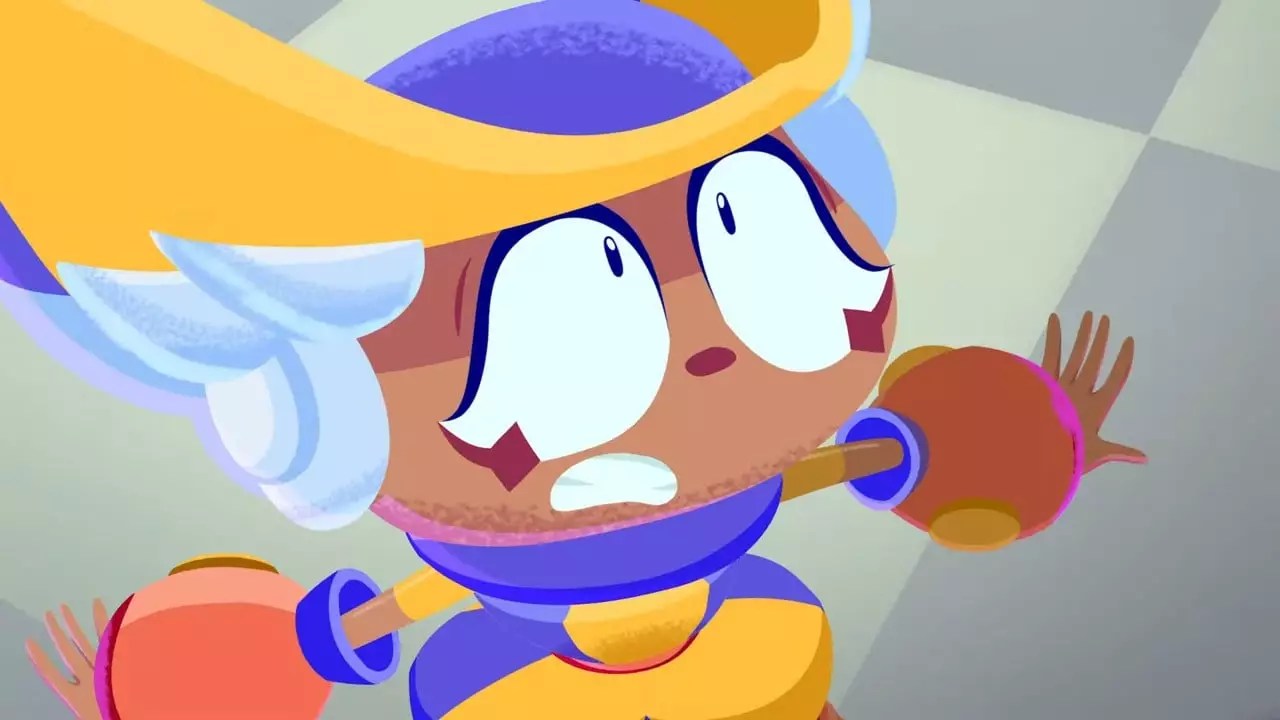The video game industry has always been one of innovation and excitement, but in recent times, it has also become a terrain marked by instability and anxiety. The recent announcements regarding layoffs at major companies like Microsoft, and smaller developers such as Evening Star and Annapurna Interactive, underline a troubling trend that has emerged within this creative field. These layoffs not only affect individual lives but also speak to the broader economic challenges that the industry faces, emphasizing how external market conditions can drastically influence game development.
Evening Star, the developer behind the charming game “Penny’s Big Breakaway,” recently announced that it had to part ways with six members of its team. This decision, as articulated by CTO Hunter Bridges, was necessitated by “volatile market conditions” and the harsh “operational realities” that many studios are grappling with today. Layoffs in creative fields can be particularly heartbreaking, as they often involve not just skilled professionals, but also artists and visionaries whose passion drives gaming creativity. Bridges’ statement highlights the difficult balance developers must strike between nurturing talent and ensuring the financial viability of their projects.
The tensions within the gaming industry are underscored by Christian Whitehead, co-founder of Evening Star, who remarked on the sorrowful nature of this choice. Acknowledging the capable attributes of those leaving, he invited potential employers to reach out to the departing team members. This community-oriented approach not only reflects genuine concern for the well-being of the affected employees but also paints a picture of the tightly knit community within game development. It serves as a reminder that, while the industry may champion competition and rivalry, it is ultimately composed of individuals who care for one another’s futures.
Despite the setbacks faced by Evening Star and the echoes of hardship resonating within the industry, it’s crucial to remain hopeful about the future of gaming. Titles like “Penny’s Big Breakaway” have shown potential to gain traction and cultivate fan bases, and the dedication shown by remaining team members can lead to new opportunities for growth and innovation. The industry has historically demonstrated resilience in the face of adversity, pivoting towards fresh ideas and creative solutions. As developers navigate through these shifting sands, collaboration and community will likely become even more critical to weathering storms.
The state of the video game industry serves as a reflection of the challenges faced in creative sectors at large—precarious markets paired with the need for adaptability. Layoffs, while devastating, often signal a need for reinvigorated strategies and innovative thinking rather than an end point. As companies like Evening Star adjust to the realities of the current landscape, they remind us of the human cost behind game development. The industry not only demands artistic brilliance but also resilience, teamwork, and a commitment to the larger gaming community, making it essential to foster an environment that values both creativity and financial sustainability.


Leave a Reply